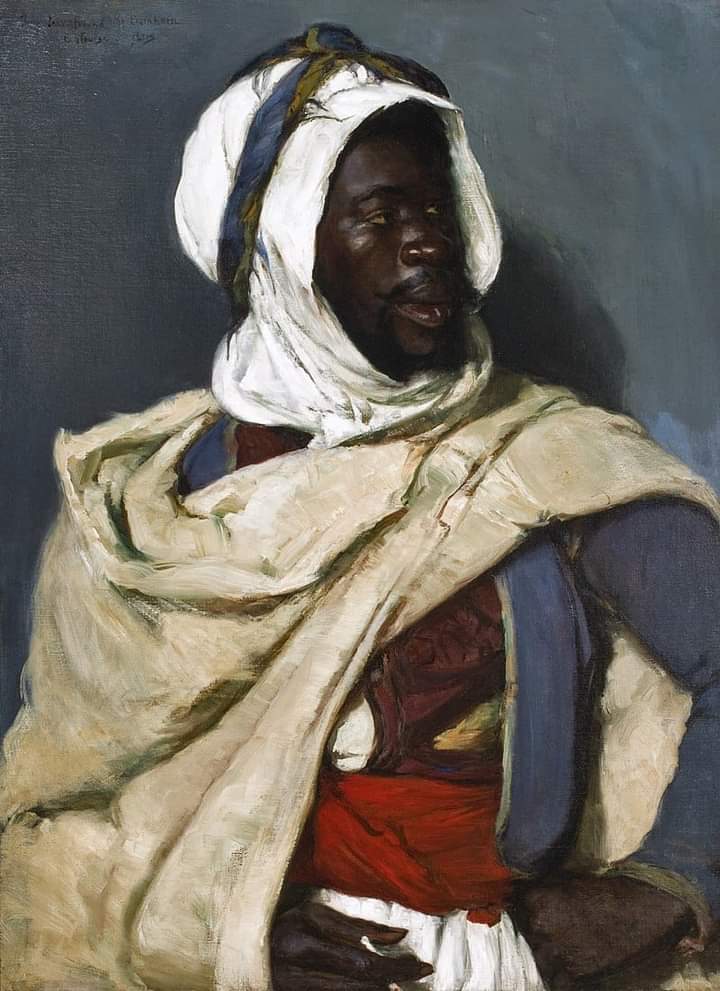The History of Muhammad Ibn Muhammad Al-Fullani Al-Kishwani (Katsinawi), a Northern Nigeria Scientist
Muhammad Ibn Muhammad Al-Fulani Al-Kishwani was an early 18th-century Fulani mathematician, astronomer, mystic, and astrologer from Katsina, present-day Northern Nigeria.
He was born in Katsina in 1699 and he died in Cairo, Egypt in 1741. Al-Kishwani studied at the Gobarau Minaret in Katsina before leaving for Cairo, Egypt in 1732, where he published in Arabic a work titled, “A Treatise on the Magical Use of the Letters of the Alphabet” which is a mathematical scholarly manuscript of procedures for constructing magic squares up to the order 11. As words of encouragement to the reader, he writes:
“Do not give up, for that is ignorance and not according to the rules of this art … Like the lover, you cannot hope to achieve success without infinite perseverance.” Al-Kishwani died in Cairo, Egypt in 1741. He was 42.
Notable Works
Al-Fulani Al-Kishnawi worked on the mathematics of magic squares. A magic square is an n x n array in which the sum of the n numbers in each row, column, and diagonal add up to the same number.
Al-Fulani worked on odd-order magic squares. Muhammad worked on odd-order magic squares The order of an n x n magic square is n, the number of rows or columns.
READ ALSO: Sinān al-Battānī, father of modern astronomy
Given any odd number, formulas give the centre of the n x n magic square and the sum of the entries in any row, column, or diagonal (called the magic constant).
Using these formulas for odd-order magic squares and his ingenuity, Muhammad created methods for constructing odd-order magic squares.
Muhammad used geometry to create new magic squares. Given a 3 x 3 magic square, he constructed seven other 3 x 3 magic squares by using transformations of the square to itself. These transformations, or symmetries of the square, are also known as the dihedral group, which consists of rotations and reflections that take the square onto itself. They arise frequently in art and nature and can act to form new magic squares from old ones.
Muhammad came up with a formula to find the magical constant, the number that is the sum of the rows, columns, and diagonals, and a formula to find the middle square. The formula for finding the magical constant is n(n^2 + 1)/2, where n is equal to the order of the magic square.
The second formula that Muhammad developed was (n^2 + 1)/2. Once again, n is the order of the square and in this formula, we can derive the middle number.
Muhammad’s work on the magic square was the theatre beginning of group theory. By group we mean that a set of elements is closed, associative contains an identity and contains inverses for each element.
Muhammad noticed that you could perform certain operations such as reflection about an axis or rotations up to any degree and not change the properties of the square.
This meant that out of one simple square one could now generate a finite number of magic squares and the properties would still hold. For example, the following magic squares are the same square as above reflected about the x-axis and rotated ninety degrees.
~Wikipedia
#Islam #Africa #Islaminafrica #blackmuslim
Follow the Neptune Prime channel on WhatsApp: https://whatsapp.com/channel/0029Va74ZvU2v1IqKByXoX3d
Do you have breaking news, interview request, opinion, suggestion, or want your event covered? Email us at neptuneprime2233@gmail.com


